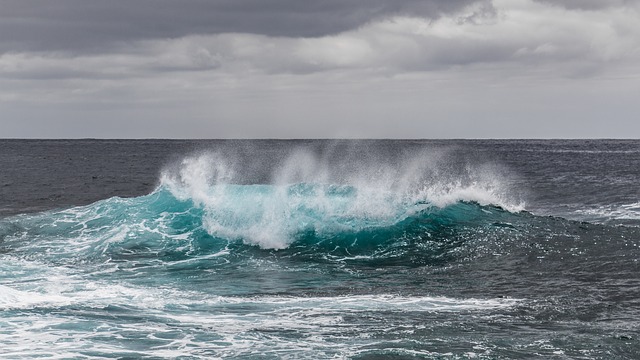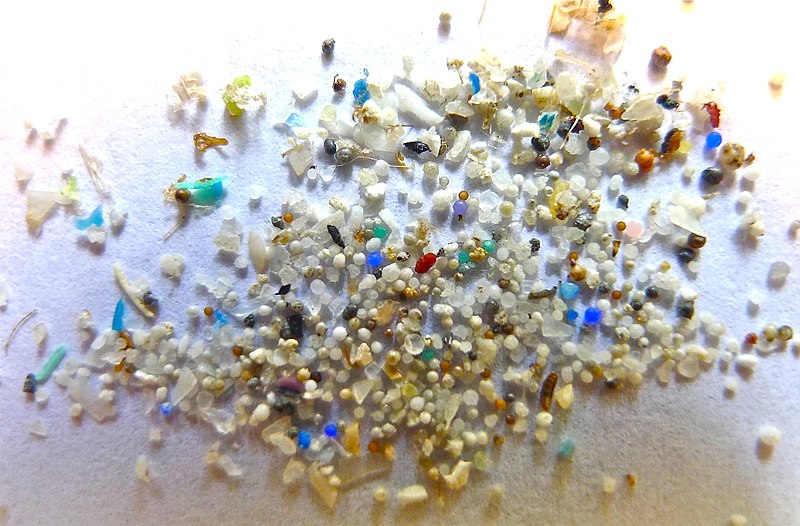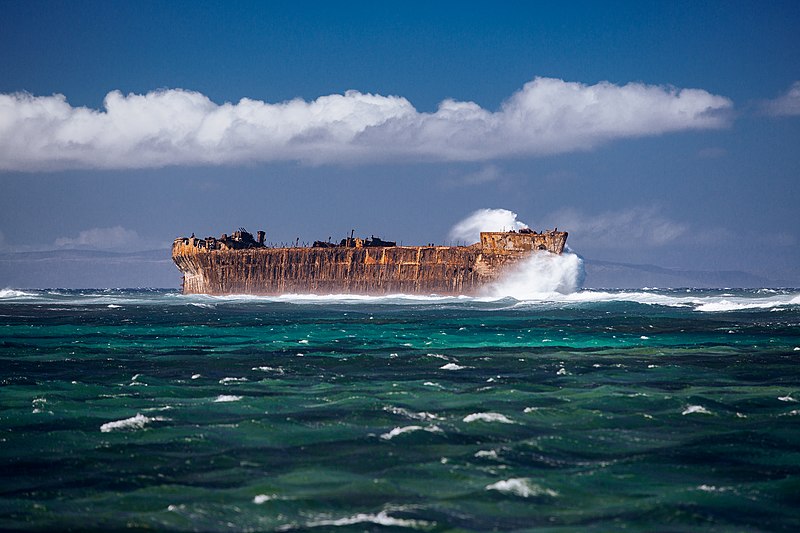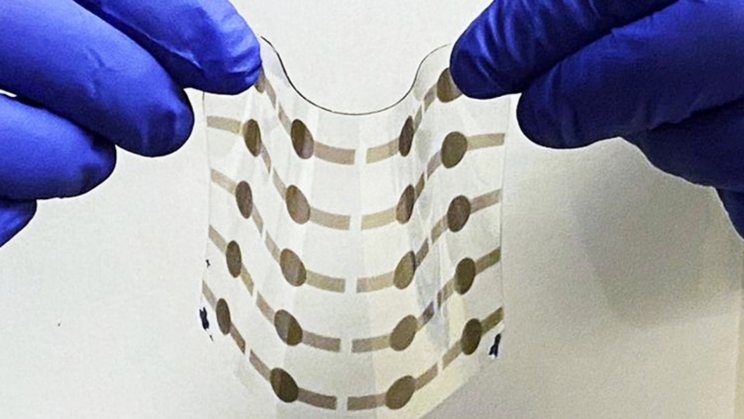There is a largely untapped energy source along the world’s coastlines: the difference in salinity between seawater and freshwater, known as salinity gradient power or blue energy.
Researchers at the University of Illinois Urbana-Champaign have created a miniature device, smaller than a human hair, designed to harvest energy from the natural salt gradients at the boundaries of seawater and freshwater.
This could be a novel and sustainable source of clean energy along the coastlines of the world.
When two bodies of water with different salinity meet, such as where a river empties into an ocean, salt molecules naturally flow from higher concentration to lower concentration. The energy of these flows can be harvested because they consist of electrically charged particles called ions that form from the dissolved salt.
Researchers devised a nanoscale semiconductor device featuring a slender channel through which ions flow.
When salt ions flow from the higher concentration to the lower concentration through the device channel, charges are dragged from one end to the other, giving rise to the generation of both voltage and electric current.
The researchers are currently in the process of patenting their discoveries, and they are actively exploring the feasibility of connecting multiple devices to increase power output. They hold the belief that an array of these devices has the potential to achieve a power density that rivals or even surpasses that of solar cells.
This promising development could open up new possibilities for efficient and sustainable energy generation.








